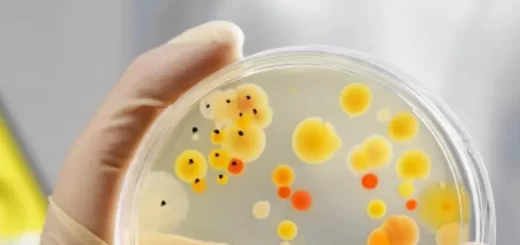Top 10 Measures to Protect New Zealand’s Native Wildlife and Natural Habitats from Invasive Species and Diseases
Invasive species and diseases are a major threat to New Zealand’s native wildlife and natural habitats. They can cause significant declines in native species populations, and can alter ecosystem function and structure.
There are a range of measures that can be taken to protect New Zealand’s native wildlife and natural habitats from invasive species and diseases. Here are 10 of the most important:
1. Establish a National Pest Management Strategy
The National Pest Management Strategy (NPMS) is a key tool for preventing the introduction and spread of invasive species in New Zealand. The NPMS sets out a nationally coordinated approach to managing pests, and provides a framework for regional pest management plans.
2. Implement Quarantine Procedures
Quarantine procedures are essential for preventing the introduction of new invasive species into New Zealand. All goods and materials entering the country should be inspected for pests and diseases, and strict biosecurity measures should be in place to prevent the introduction of any new organisms.
3. Control Possums, Stoats and Rats
Possums, stoats and rats are major predators of native birds and other wildlife, and are responsible for the decline of many native species. Possum control is a high priority for the Department of Conservation, and a range of control methods are used, including trapping, poisoning and shooting.
4. Protect Native Forests
Native forests are important habitats for many native species, and are also valuable carbon sinks. The Department of Conservation works to protect native forests through a range of initiatives, including the establishment of protected areas, the control of invasive species, and the restoration of degraded forests.
5. Restore Wetlands
Wetlands are important habitats for many native plants and animals, and play a key role in the functioning of freshwater ecosystems. A number of wetland restoration projects are underway in New Zealand, with the aim of restoring these important ecosystems.
6. Control Marine Debris
Marine debris, such as plastic pollution, is a major threat to marine wildlife and ecosystems. The Department of Conservation works to reduce marine debris through a range of initiatives, including education, beach clean-ups, and the development of better waste management systems.
7. Protect Native Species
The Department of Conservation works to protect New Zealand’s native species through a range of initiatives, including the establishment of protected areas, the control of invasive species, and habitat restoration.
8. Promote Sustainable Fishing
Sustainable fishing practices are essential for the conservation of New Zealand’s marine ecosystems. The Ministry for Primary Industries works to promote sustainable fishing through a range of initiatives, including the development of fisheries management plans, the setting of catch limits, and the enforcement of fishing regulations.
9. Manage Marine Reserves
Marine reserves are important habitats for many marine species, and play a key role in the conservation of New Zealand’s marine ecosystems. The Department of Conservation manages a network of marine reserves, which are protected areas where fishing and other activities are restricted.
10. Protect Important Habitats
A range of habitats are important for the conservation of New Zealand’s native species, including forests, wetlands, and marine environments. The Department of Conservation works to protect these habitats through a range of initiatives, including the establishment of protected areas, the control of invasive species, and habitat restoration.


